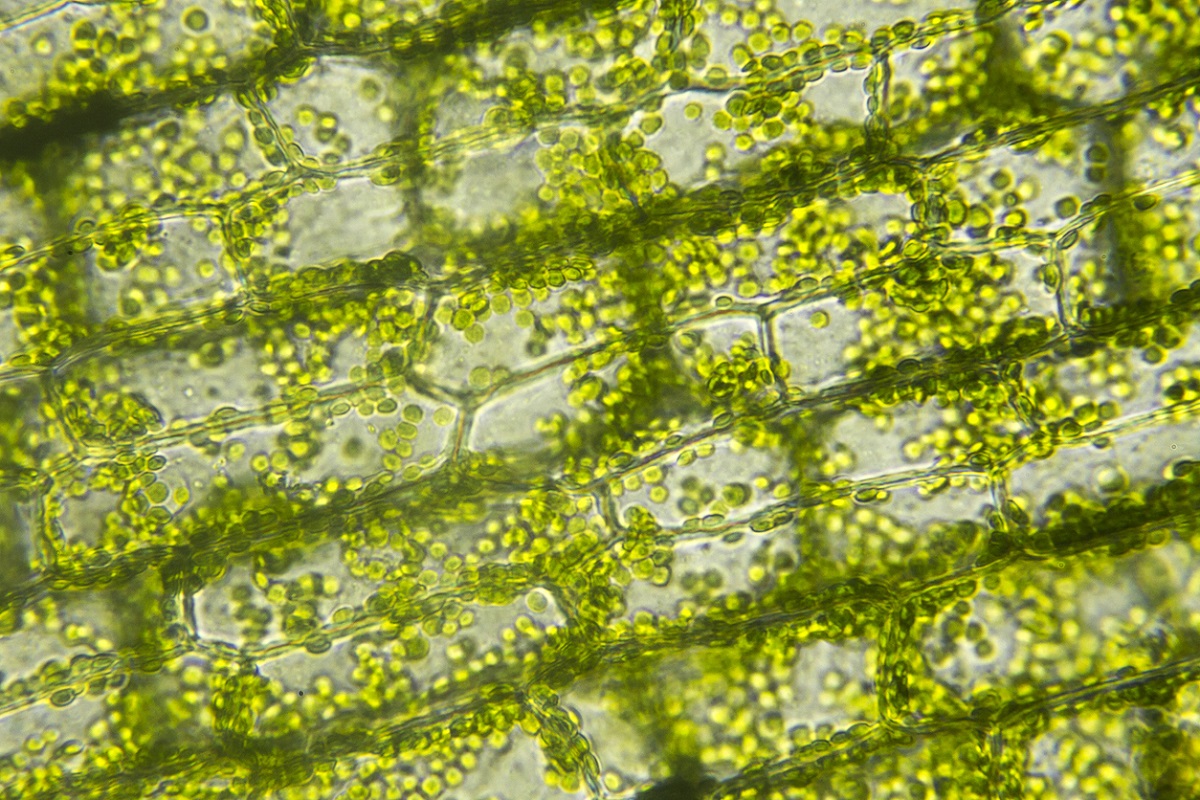
Increased Crop Production and Biomass Possible Under Low-light Conditions
September 28, 2022| |
Two cyanobacteria species that perform photosynthesis under low-light conditions were investigated by scientists from the Imperial College London to understand the trade-offs that happen between efficiency and resilience when using lower-energy far-red light. Using this new knowledge, researchers can potentially develop plants that are more efficient in crop and biomass production since far-red light is less energy intensive.
In their work, the scientists found that photosystem II, an enzyme that performs the first step of photosynthesis by using light to extract electrons from water, in the cyanobacteria Acaryochloris marina is efficient in collecting and using far-red light. But when exposed to too much light, it becomes overwhelmed and produces harmful reactive oxygen species which can kill the cells. Another cyanobacteria, Chroococcidiopsis thermalis, was found to use chlorophyll-f when visible light is limited or absent. Though less efficient in collecting and using far-red light than the Acaryochloris marina, its exposure to excess light does not over-produce harmful reactive oxygen species.
These two types of far-red photosystem II exhibit different photosynthetic mechanisms to work using less energy in low-light conditions. When combined with more data about the molecular and chemical mechanisms responsible for the functional differences between the two mechanisms, it is possible to introduce far-red photosynthesis in crop plants or algae to increase yield production or biomass potentially.
More from eLife and the Imperial College London.
| |
You might also like:
- Experts Unlock Key to Photosynthesis
- How Plants Cope With Excess Light
- Study Shows Plants Respond to Different Light Intensities
Biotech Updates is a weekly newsletter of ISAAA, a not-for-profit organization. It is distributed for free to over 22,000 subscribers worldwide to inform them about the key developments in biosciences, especially in biotechnology. Your support will help us in our mission to feed the world with knowledge. You can help by donating as little as $10.
-
See more articles:
-
News from Around the World
- What do you think of this newsletter?
- Experts Unlock the Code to Develop Better Peas
- ISAAA Launches Double Helix Magazine Supplement for Senior High School Students
- Experts Recommend Harmonization of Gene Editing Regulations in the Asia-Pacific Region
- Animal Biotechnology Opportunities and Regulations in the Philippines
- Asian Regional Workshop on Current and Upcoming Items under the CBD and its Protocols
- EFSA Scientific Opinion Finds no New Hazards for GM Maize MIR162
- AgEcon Expert Warns About Effects of Mandatory GM Food Labeling
-
Research Highlights
- Advanced Biotech Tools Can Develop Plants With Phytoremediation and Phytomining Properties
- Increased Crop Production and Biomass Possible Under Low-light Conditions
-
Read the latest: - Biotech Updates (January 14, 2026)
- Gene Editing Supplement (December 17, 2025)
- Gene Drive Supplement (February 22, 2023)
-
Subscribe to BU: - Share
- Tweet

